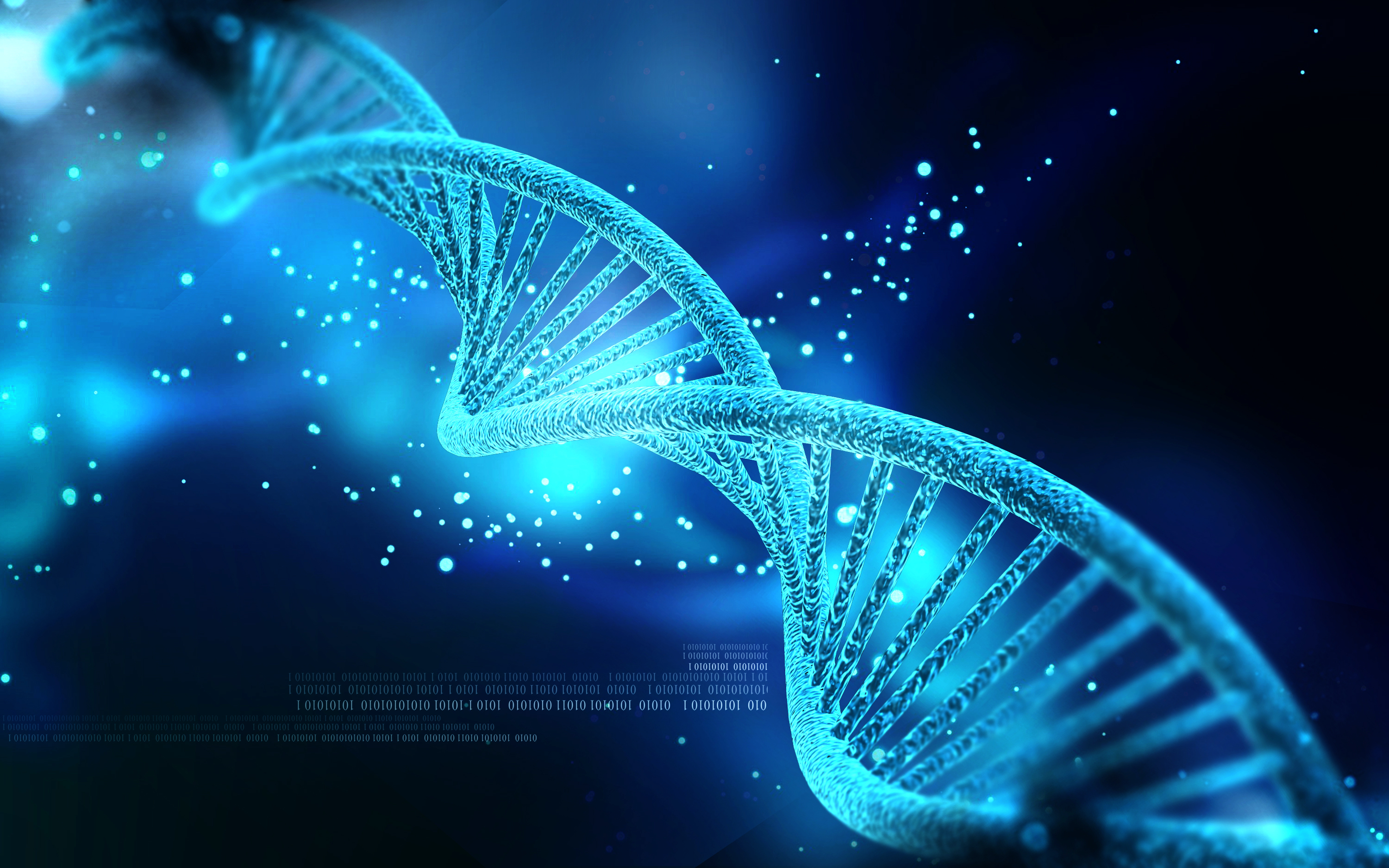What If (Almost) Every Gene Affects (Almost) Everything?
By Ed Young,
The Atlantic
| 06. 16. 2017
Three Stanford scientists have proposed a provocative new way of thinking about genetic variants, and how they affect people’s bodies and health.
In 1999, a group of scientists scoured the genomes of around 150 pairs of siblings in an attempt to find genes that are involved in autism. They came up empty. They reasoned that this was because the risk of autism is not governed by a small number of powerful genes, which their study would have uncovered. Instead, it’s likely affected by a large number of genes that each have a small effect. Perhaps, they wrote, there might be 15 such genes or more.
Two decades later, that figure seems absurdly and naively low. If you told a modern geneticist that a complex trait—whether a physical characteristic like height or weight, or the risk of a disease like cancer or schizophrenia—was the work of just 15 genes, they’d probably laugh. It’s now thought that such traits are the work of thousands of genetic variants, working in concert. The vast majority of them have only tiny effects, but together...
Related Articles
By staff, Japan Times | 12.04.2025
Japan plans to introduce a ban with penalties on implanting a genome-edited fertilized human egg into the womb of a human or another animal amid concerns over "designer babies."
A government expert panel broadly approved a proposal, including the ban...
By Katherine Long, Ben Foldy, and Lingling Wei, The Wall Street Journal | 12.13.2025
Inside a closed Los Angeles courtroom, something wasn’t right.
Clerks working for family court Judge Amy Pellman were reviewing routine surrogacy petitions when they spotted an unusual pattern: the same name, again and again.
A Chinese billionaire was seeking parental...
By Sarah A. Topol, The New York Times Magazine | 12.14.2025
The women in House 3 rarely had a chance to speak to the women in House 5, but when they did, the things they heard scared them. They didn’t actually know where House 5 was, only that it was huge...
By Frankie Fattorini, Pharmaceutical Technology | 12.02.2025
Próspera, a charter city on Roatán island in Honduras, hosts two biotechs working to combat ageing through gene therapy, as the organisation behind the city advertises its “flexible” regulatory jurisdiction to attract more developers.
In 2021, Minicircle set up a...




